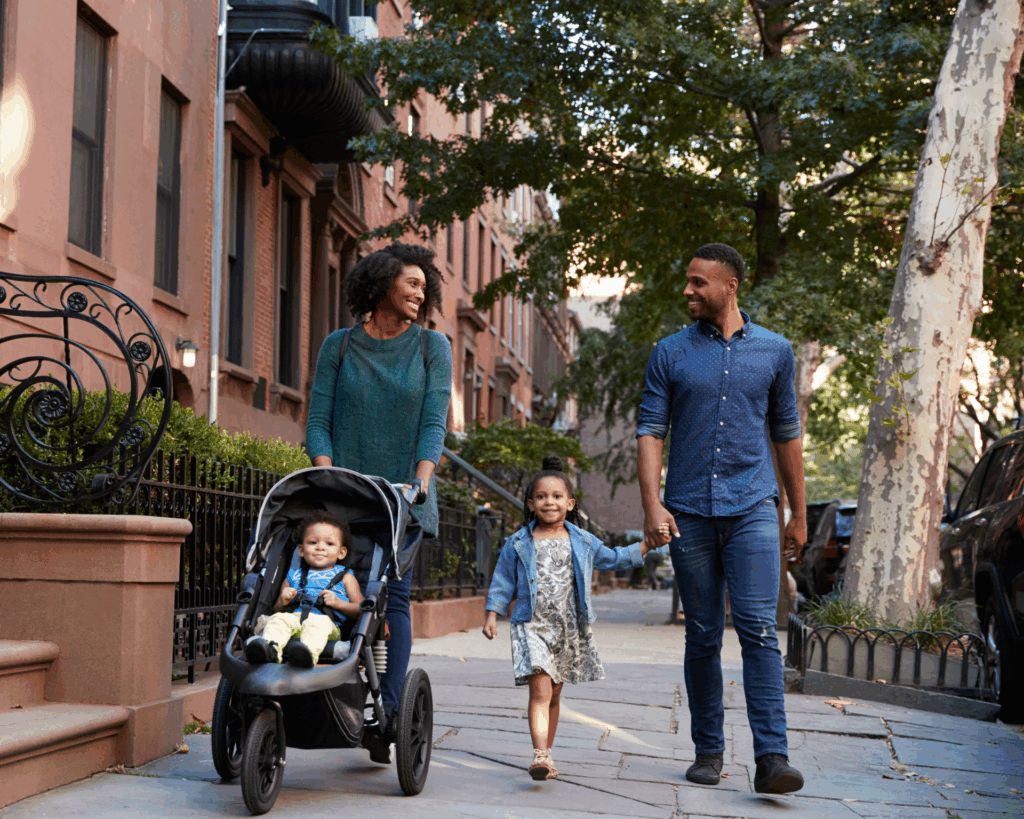Green Spaces for Everybody
COVID-19 infection racial disparities were smaller in counties where there is more green space.

Read Time: 2 minutes
Published:
Green spaces can improve health. I’m lucky enough to live next to a park, which reminds and encourages me to take mental health strolls, work out, and sit on the grass while I watch people walk their dogs. Green spaces are associated with better air quality, more physical activity, and better quality of life for the people that live near them.
But perhaps there are other benefits from green spaces. During the COVID-19 pandemic, people of color experienced higher rates of infection and death than White people. This racial disparity motivated Yi Lu and colleagues (2021) to study if Black and White COVID-19 infection rates in the U.S. would be significantly lower in areas with more green space.
To conduct this study, they used COVID-19 infection data from counties’ health departments for Black and White people from the 135 most urbanized counties in the U.S. They then measured green space ratio, and tree canopy coverage ratio for the same counties.
The researchers found that in counties where the proportion of green space was larger, racial disparities for COVID-19 infection rates were smaller, as displayed in the graph. They found a similar trend for the four types of green space they analyzed: developed open space, forests, shrub and scrub (bushes, grasses and similar plants), and grassland.
The authors offer four explanations for this association: 1) Green spaces bring people outdoors, where the possibility of infection is smaller; 2) more green space provides access to more people, giving them the opportunity to exercise in nature, which has more health benefits than indoor exercise; 3) green spaces are associated with enhanced social and mental health through reduction of stress and negative moods; 4) green spaces improve air quality and decrease exposure to air pollutants, making respiratory infections less likely.
Finding ways to increase green space area remains an important goal for urban planners interested in the health of populations, validated again during COVID-19.
Databyte via Yi Lu, Long Chen, Xueming Liu, Yuwen Yang, William C. Sullivan, Wenyan Xu, Chris Webster, Bin Jiang, Green spaces mitigate racial disparity of health: A higher ratio of green spaces indicates a lower racial disparity in SARS-CoV-2 infection rates in the USA, Environment International, 2021.



